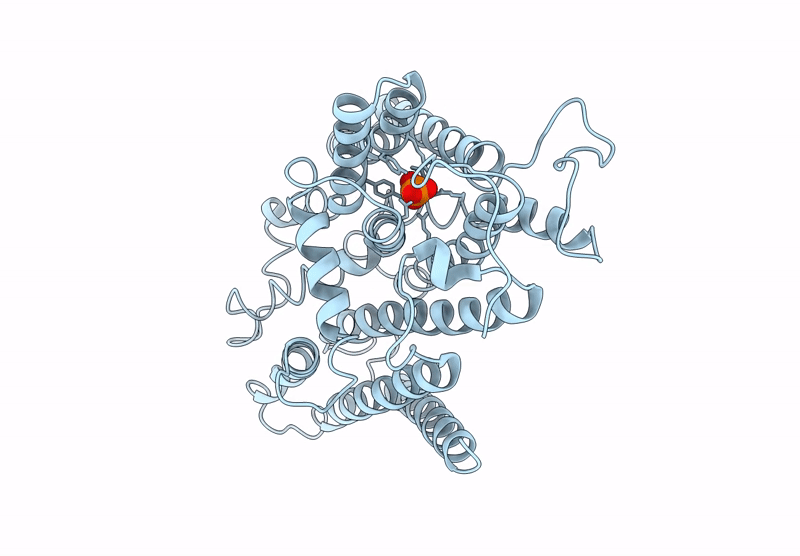
Deposition Date
2024-09-04
Release Date
2025-01-22
Last Version Date
2025-03-05
Entry Detail
PDB ID:
9JF8
Keywords:
Title:
Cryo-EM structure of the EXS domain of Arabidopsis thaliana phosphate transporter PHO1;H1
Biological Source:
Source Organism:
Arabidopsis thaliana (Taxon ID: 3702)
Host Organism:
Method Details:
Experimental Method:
Resolution:
3.05 Å
Aggregation State:
PARTICLE
Reconstruction Method:
SINGLE PARTICLE


